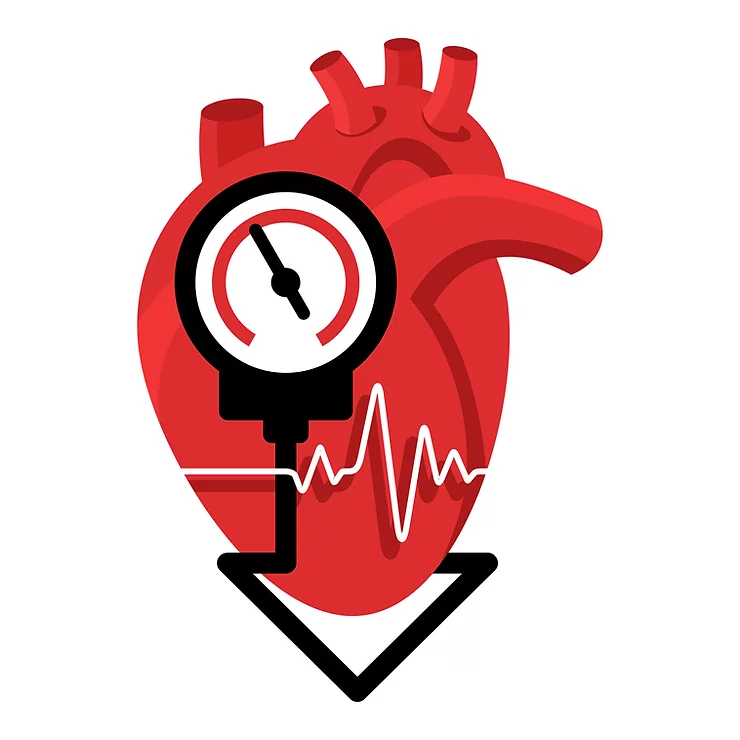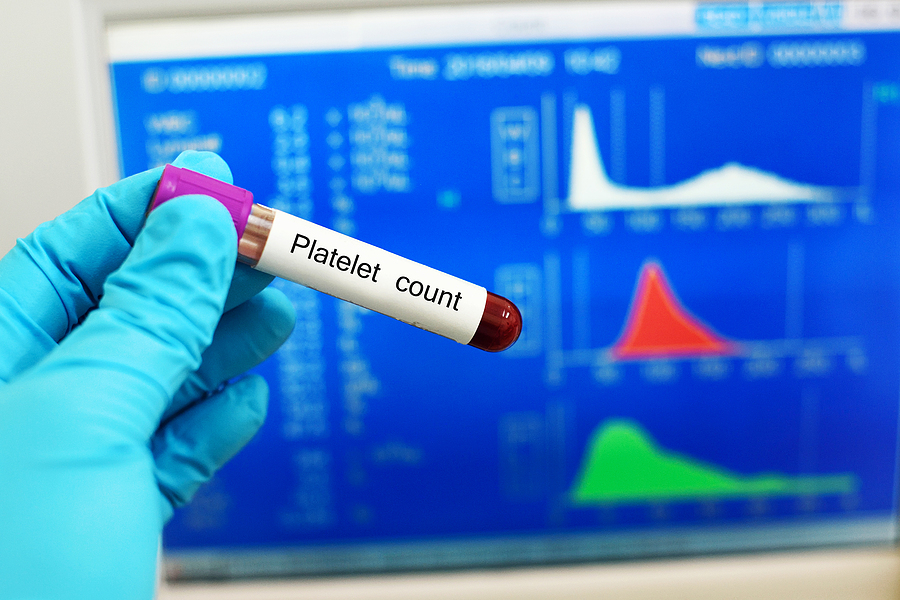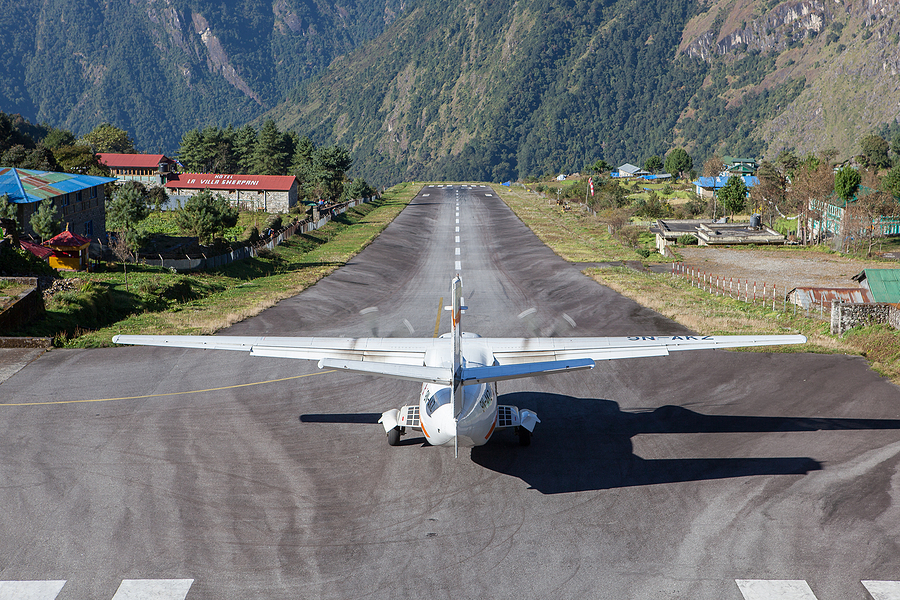Despite the cultural beliefs that permeate the aviation community, neither the FAA, nor the Aviation Medical Examiner (AME) are out to take your wings from you. I can prove this by discussing the FAA’s policy on hypertension.
What your doctors recommend
Let’s talk about hypertension. The current blood pressure guidelines by the American Heart Association (AHA) says that anything over 120/80 is high [1]. Our best advice is to not let this happen. Find a diet that works for you and stick with it. Find an exercise plan or physical activity you enjoy and can safely do and then do it. Not getting high blood pressure in the first place is better than trying to fight it once it happens.
What the FAA allows
Stage 1 hypertension is a systolic (top number) between 130-139 or diastolic (bottom number) between 80-89 [1]. Depending on your risk factors this is the blood pressure zone where your doctors will probably consider prescribing an antihypertensive medication. The FAA on the other hand, says you can fly with blood pressure up 155/95. If you need to be on medications to achieve that blood pressure, you can take up to 3 from the approved list. If you end up in need of 4 medications or your BP is still above 155/95, the AME can no longer issue your certificate and it must be deferred to the FAA [2]. Click here for more information on the FAA’s hypertension policies.
So here is a quick recap: The AHA says your blood pressure should be below 120 systolic but FAA says you can keep on flying for 35 more points of blood pressure with ≤ 3 approved medications [2]! As both a pilot and a doctor this seems like a reasonable compromise to me.
Putting it all together
Our interpretation of this policy is that the FAA realizes that hypertension is a common medical issue that often requires more than one medication. It also appears that the FAA recognizes that a flight physical is stressful, and that stressful situations can make your blood pressure go up. This is primarily because moderately high blood pressure, while not great for the long term, doesn’t cause an immediate safety concern in flight. They are giving you and the AME room to issue certificates even if your blood pressure is higher than optimal.
Don’t be confused by this post. Just because you get your medical certificate doesn’t mean your blood pressure is good to go. It just means that you are safe to fly for now. But we recommend you seek medical care to optimize your blood pressure even if you have a certificate in hand.
References:
[1] AHA. (2017, November 30). The Facts About High Blood Pressure. www.heart.org. https://www.heart.org/en/health-topics/high-blood-pressure/the-facts-about-high-blood-pressure.
[2] FAA. (2017, June 23). Guide for Aviation Medical Examiners. https://www.faa.gov/about/office_org/headquarters_offices/avs/offices/aam/ame/guide/app_process/exam_tech/item55/amd/.





